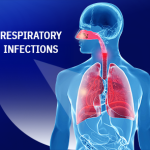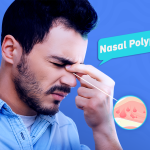Allergic Rhinitis
Allergic Rhinitis, also known as hay fever or allergic nasal inflammation, is one of the most common and widespread nasal health issues affecting people of all ages. Its symptoms often resemble those of the common cold.
- What is Allergic Rhinitis?
- Types of Allergic Rhinitis
- Causes and Prevention of Allergic Rhinitis
- Symptoms of Allergic Rhinitis vs. Cold Symptoms
- How to Differentiate Between Allergic Rhinitis and a Cold?
- Treatment of Allergic Rhinitis
What is Allergic Rhinitis?
Allergic Rhinitis refers to the inflammation of the nasal lining triggered by inhaling allergens—substances that the immune system wrongly identifies as harmful. In response, the immune system releases antibodies, particularly histamines, as a defense mechanism, which in turn leads to nasal irritation and a range of bothersome symptoms. Interestingly, these allergens usually pose no threat to individuals who aren’t sensitive to them.
In this article, you’ll find detailed information about Allergic Rhinitis, including its types, causes, symptoms, and available treatment options.

Types of Allergic Rhinitis
Allergic Rhinitis can be classified into two main types based on the timing and duration of symptoms:
1. Seasonal Allergic Rhinitis:
This type occurs during specific times of the year, usually in spring and autumn, due to increased levels of airborne allergens like pollen and dust carried by seasonal winds.
2. Perennial (Chronic) Allergic Rhinitis:
This type can occur year-round, regardless of seasonal changes, and is usually triggered by constant exposure to indoor allergens such as dust mites, pet dander, or mold.
Causes and Prevention of Allergic Rhinitis
The primary cause of Allergic Rhinitis is an overreactive immune response to certain environmental substances. The most common allergens include:
- Pollen, especially during seasonal changes
- Mold spores, often found in poorly ventilated areas
- Pet dander and fur
- Dust mites and household dust
- Tobacco smoke and exhaust fumes
- Strong chemical odors and perfumes
- Cockroach droppings
Prevention Tips:
The primary cause of Allergic Rhinitis is an overreactive immune response to certain environmental substances. The most common allergens include:
- Pollen, especially during seasonal changes
- Mold spores, often found in poorly ventilated areas
- Pet dander and fur
- Dust mites and household dust
- Tobacco smoke and exhaust fumes
- Strong chemical odors and perfumes
- Cockroach droppings
Symptoms of Allergic Rhinitis vs. Cold Symptoms
Symptoms typically appear upon exposure to allergens and may include:
- Nasal congestion and runny nose
- Itchy nose
- Red, watery, and itchy eyes
- Headache and sore throat
- Sneezing and occasional coughing
- Dark circles under the eyes
- Postnasal drip
- Chills
- Feeling of ear pressure or fullness
Although Allergic Rhinitis is not life-threatening, leaving it untreated—especially in chronic cases—can lead to complications that impact daily productivity and quality of life, such as:
- Chronic fatigue
- Sleep disturbances and insomnia
- Sinus infections
- Middle ear inflammation
- Increased risk of asthma
How to Differentiate Between Allergic Rhinitis and a Cold?
- Duration: Allergic Rhinitis persists as long as the individual is exposed to allergens, while cold symptoms usually resolve within 3–7 days.
- Fever: Unlike colds or the flu, Allergic Rhinitis does not cause a fever.
- Nasal Discharge: Cold-related nasal discharge is typically thicker than that seen in Allergic Rhinitis.
- Itching: Itching in the nose, eyes, throat, or skin is more typical of allergies and not common with colds or flu.
Allergic Rhinitis may also be confused with sinus infections. To understand the difference between the two conditions and their causes in more detail, [click here].
Treatment of Allergic Rhinitis
While there’s no permanent cure for Allergic Rhinitis, especially in chronic cases, treatment focuses on relieving symptoms and reducing their severity. Common treatments include:
1.Antihistamines: Available as tablets, sprays, or eye drops, these medications block the release of histamines and reduce the severity of symptoms.
2. Nasal Decongestants: These help reduce nasal swelling and congestion, improving airflow. However, they should be used only for short periods due to potential side effects.
3. Steroid Nasal Sprays: These sprays reduce inflammation and nasal discharge, offering short-term relief and helping open nasal passages.
4. Allergy Shots (Immunotherapy): This long-term treatment involves regular injections to build the body’s tolerance to specific allergens and is commonly used in cases of severe allergic reactions.
5. Home Remedies: For mild symptoms, nasal saline rinses can help flush out allergens and clear the nasal passages. However, it’s essential not to self-medicate, especially during pregnancy or for infants. Always consult a healthcare professional before taking any medication.






